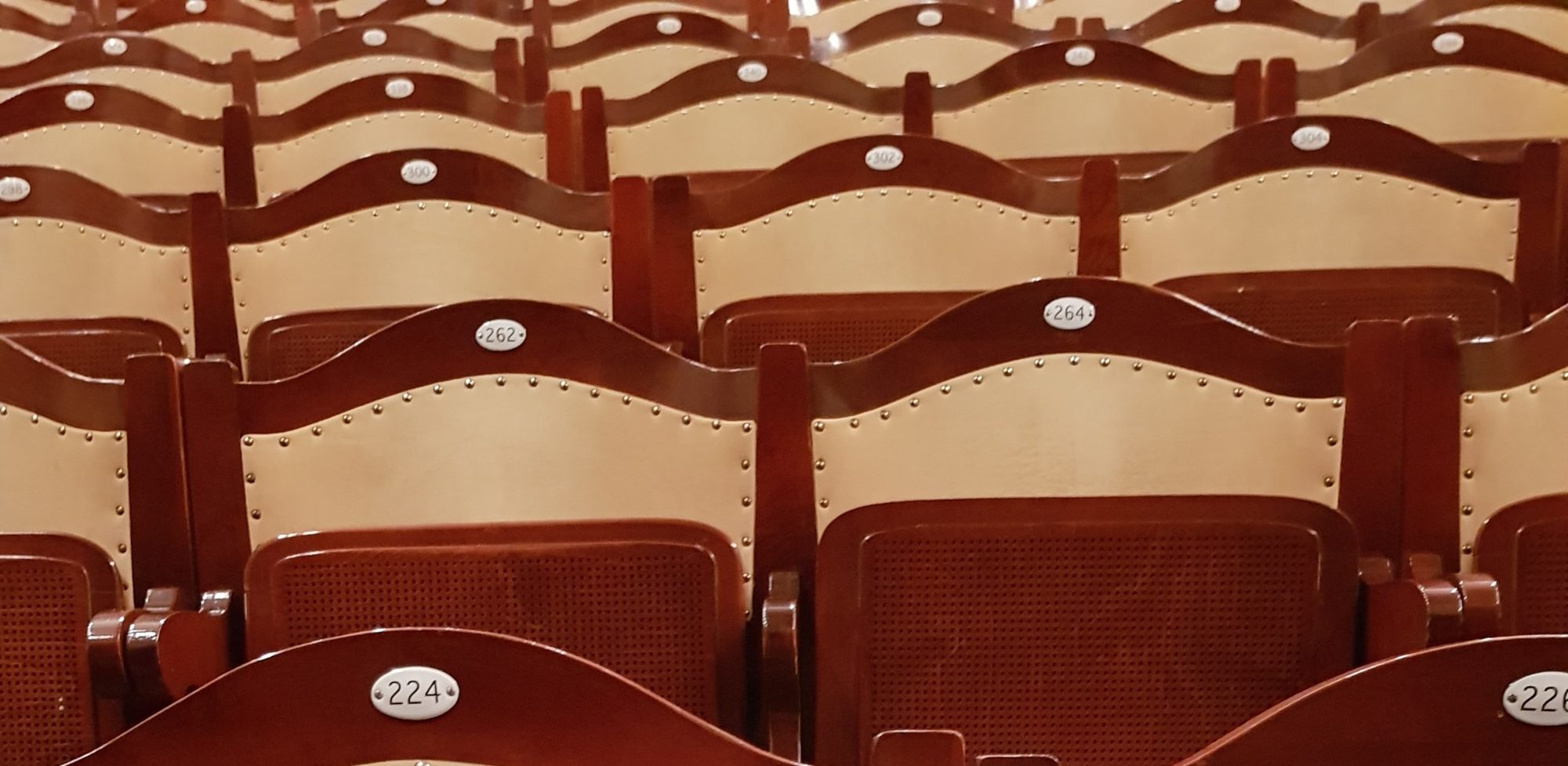Poetry and the vulnerability of the poet work together to allow us to have an emotional understanding of what is going on. It is touching from inside.
Written by Paul Ma

a kaleidoscope of artists' views
Poetry and the vulnerability of the poet work together to allow us to have an emotional understanding of what is going on. It is touching from inside.
Written by Paul Ma
I am not a regular Ballet go-er, but since becoming close friends with a Ballerina I have had the opportunity to get to know this world more and more. It is true that sometimes this art form can seem a little mannered. All the tutus, the men in tights, the pantomimic gestures, the point shoes… But on an evening such as this one at the Bayerische Staatsballet, I am reminded that thinking in this way is being totally unfair to this art form. A story such as Anna Karenina‘s can be very movingly and clearly told in a non-kitsch way, with pointed shoes and wonderful dancing.
I had read the Tolstoi novel years ago and only recalled vaguely bits of it. So I did not really know what to expect. I found myself going down memory lane: the train, the balls, the winter, the summer heat in the fields and of course the love affair and its consequences leading to Anna Karenina’s delirious state. They all came back to me! That Russian fin de siècle atmosphere in all its opulence, how wonderful!
No big red curtain when coming in. It starts with a steam engine soundtrack, the train is rolling on, the dancers set in a freeze with a black and white video of a close up of the train. The atmosphere is set! We are at the train station. The place where Anna Karenina and the Count Alexej Wronski first meet. The choreography, by Christian Spuck, allows all scenes to be so clearly recognisable with the only help of a curtain in the back and the dancers’ costumes and props ( set by Jörg Zielinski and Christian Spuck).
For me, there are two major aspects which make this evening magical: the scenic and atmospheric changes, with just a few movements and the music!
Just a few moves and we are at the horse’s races. This staging reminded me of a very similar scene in the film “My Fair Lady”. The whole atmosphere and stage changed in a couple of seconds, suddenly the public is on the tribunes. It is watching the races through binoculars. i.e. hands. I just love this kind of magic! One knows what is happening and yet one doesn’t have everything so obviously pointed out. The men working on the rail tracks is just another such scene. One can feel the heat, the sweat.
The imagination is allowed to take over and to make its own associations just through movement. It’s an open stage, nothing more. The love scene between Karenina and Wronski is two dancers… Just dance, with an incredibly intense and passionate, but also destructive and violent love act. The desperation of Karenina to see her son, her undecisive husband who then gives in to the overhand of the Countess Lidija Iwanowna is beautifully told without any unnecessary prop or set. Wonderful!
The second factor making this evening magical is the music. A fabulous sound landscape, a mixture between tracks of steam engines and hammering, orchestral sections with or without piano, solo piano pieces or even piano and voice songs. A mixture of romantic Russian music at its best, modern music and soundtracks. Sergej Rachmaninov, Witold Lutislawski, Sulkhan Tsintzadze and Josef Bardanashvili are the composers. The piano has a leading role with Adrian Oetiker giving strong renditions of Rachmaninov’s third concerto among others. Such a wonderful choice and use of music. It is an incredible wide scope of sound images all enhancing the atmosphere and the story. I am thrilled!
Of course, all this would be of no use without the dancers, and they are superb! Ksenia Rhyzhkova just is Anna Karenina, Matthew Golding the Count Wronski, Jonah Cook, and Lauretta Summerscales are the so charming and sweet couple Kitty and Kostya, and the couple Dolly and Stiwa are danced by Javier Amo -whose presence I truly enjoy- and Elvina Ibraimova. Making the evening complete and perfect are the costumes by Emma Ryott.
I have to say, this was a truly fabulous evening! It reminds me of what theatre, is about: getting the public’s imagination going, never getting boring, keeping one involved with what is happening on stage and bringing up emotions! Bravo!